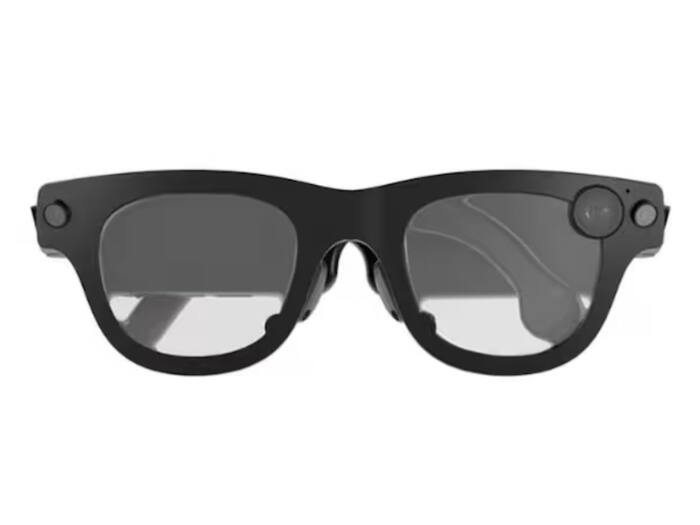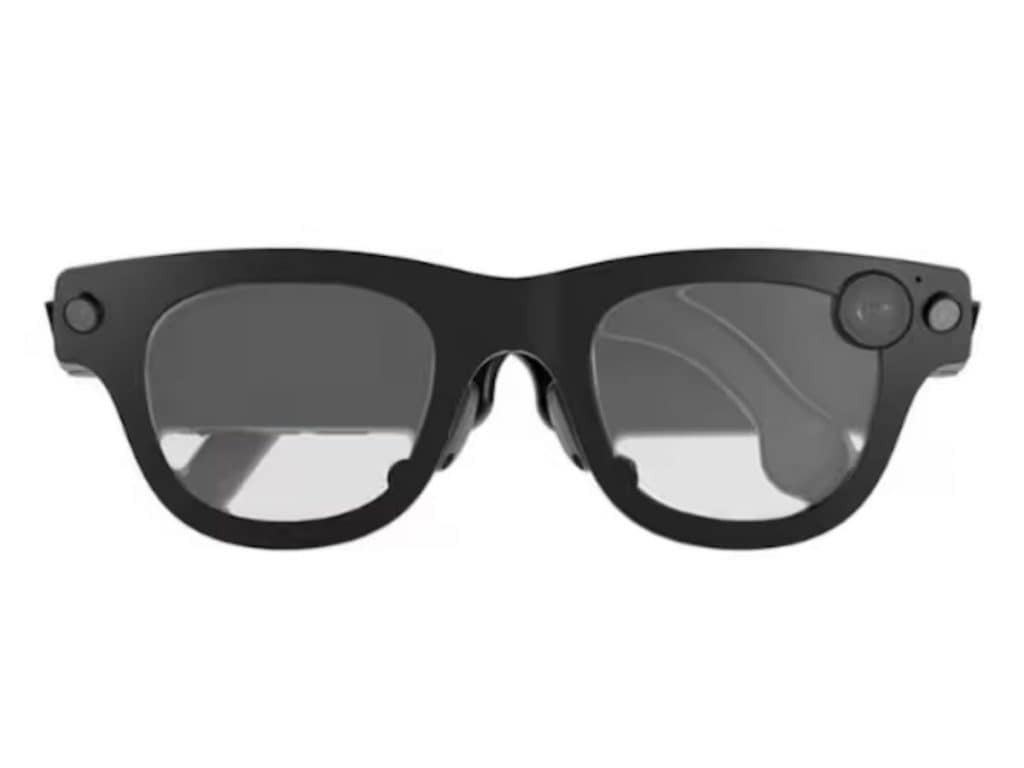
Written By Madhav Malhotra
Edited By: Madhav Malhotra | Published By: Madhav Malhotra | Published: Jun 06, 2025, 03:51 PM (IST)

Meta has officially revealed the full specifications of its Aria Gen 2 research glasses. This is a follow-up to the original Aria Gen 1 launched in 2020. These are designed specifically for developers and researchers in robotics, AI, and machine perception. The Gen 2 is a major step forward in advancements and on-device intelligence. Also Read: Samsung To Preview 2026 DX And AI Features Ahead Of CES 2026: Everything That You Need To Know
The Aria Gen 2 has significantly improved and now weighs just 74 to 76 grams, making it even more wearable than its predecessor. It also has added folding arms, making it easier to store and carry. The glasses are available in eight size options to better fit different face shapes and head sizes. The glasses also feature four computer vision cameras. These also get upgraded as they use global shutter sensors with 120 dB HDR, a huge leap from the 70 dB range of Gen 1. The expanded stereo overlap of 80° enhances depth sensing and 3D tracking capabilities, making it a better tool for AI training in dynamic environments. Also Read: Google Android XR Event Scheduled For December 8; New Smart Glasses, Headset Updates Expected

Also Read: OpenAI Denies Wrongdoing In Teen Suicide Suit, Says ChatGPT Urged Teen To Seek Help
Meta is also adding more contextual awareness with a calibrated ambient light sensor (ALS) that can even detect ultraviolet light. This helps improve exposure and lighting conditions. It also has a contact microphone embedded in the nose pad that picks up clearer voice audio, even in noisy spaces. The nose pad also houses a PPG sensor that estimates heart rate, potentially useful for understanding user state in real time.
A major leap for the Aria Gen 2 is the shift to sub-millisecond time synchronization via SubGHz radio. This might sound complicated, but it basically replaces the software-based syncing of Gen 1. It allows multiple devices to stay in near-perfect sync for large-scale experiments and precise temporal alignment. There’s also a custom Meta coprocessor that makes it possible to run core machine perception tasks without needing a phone or external compute unit.
Meta will demo the Aria Gen 2 at CVPR 2025 in Nashville this June. The applications to get access will open later this year. With Aria Gen 2, Meta is clearly doubling down on real-world data capture, wearable AI training, and advancing spatial computing.